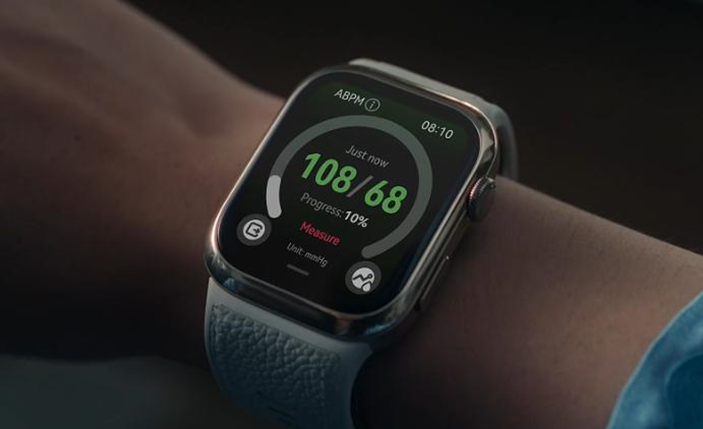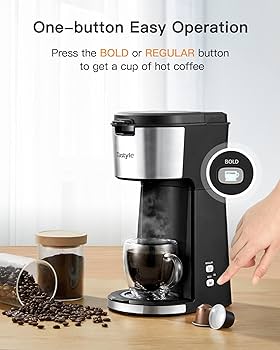Blood Pressure Reduction: Can Cutting Sugar Make a Difference?
Controlling blood pressure is crucial for maintaining overall health and preventing chronic diseases. Many people turn to medication for blood pressure management, but dietary changes can also play a significant role. One of the dietary adjustments gaining traction is reducing sugar intake. Lowering your sugar consumption may lead to improvements in blood pressure levels. Additionally, including foods that bring down blood pressure, such as leafy greens, berries, and whole grains, can further support blood pressure control. This blog explores the connection between sugar and high blood pressure, the benefits of cutting sugar, potential challenges, and effective strategies to keep your sugar intake in check.
The Link Between Sugar
and High Blood Pressure
How Sugar Affects
Insulin Levels and Blood Pressure
Excessive sugar intake
leads to insulin resistance, making it harder to regulate blood sugar and
causing blood vessels to stiffen, which raises blood pressure. High insulin
levels also prompt the kidneys to retain sodium, further elevating blood
pressure. Additionally, sugar, especially fructose, activates the sympathetic
nervous system and increases oxidative stress, which constricts blood vessels
and worsens hypertension. Reducing sugar intake is crucial for managing blood
pressure.
Scientific Studies on
Sugar and Hypertension
Studies show a strong
link between high sugar consumption and increased hypertension risk. Research
in the Journal of Hypertension (2010) found that cutting sugar intake
led to significant drops in both systolic and diastolic blood pressure. A 2014
review further linked high sugar diets to a higher risk of cardiovascular
diseases. One study also found that reducing sugary beverages resulted in an
average blood pressure drop within just two weeks, highlighting the immediate
benefits of dietary changes for managing blood pressure.
How Cutting Sugar Can
Impact Blood Pressure
Short-Term Effects of
Reducing Sugar
Cutting sugar from your
diet can yield almost immediate results in terms of blood pressure reduction.
Within just a few days, many individuals notice a drop in their blood pressure
levels. This is partly because reducing sugar intake can help lower insulin
levels, subsequently promoting healthier blood vessels and improved blood flow.
The elimination of processed sugars, especially in sugary drinks and snacks, is
a great first step toward lowering your blood pressure.
Additionally, reducing
sugar may help improve your overall vascular health by decreasing inflammation
and improving arterial elasticity. This can result in smoother, more efficient
circulation, which helps to keep blood pressure at healthier levels.
Long-Term Health
Benefits Beyond Blood Pressure
Maintaining a diet low
in sugar offers long-term benefits that go beyond blood pressure management.
Continuous low sugar consumption helps mitigate risks associated with obesity,
type 2 diabetes, and cardiovascular diseases. Furthermore, it contributes to
better overall heart health, enhances energy levels, and supports a more stable
mood, all of which improve general well-being.
For individuals managing
high blood pressure, reducing sugar intake not only lowers the risk of
hypertension but also lowers the risk of associated complications, such as
stroke and heart attack. As the body adjusts to a lower-sugar lifestyle, it
becomes more efficient at using nutrients and processing fats, leading to
improved heart function and enhanced longevity.

Side Effects and
Challenges of Reducing Sugar
Common Symptoms When You
Cut Back on Sugar
Initial attempts to
reduce sugar may come with some side effects. Common withdrawal symptoms
include headaches, fatigue, irritability, and cravings. These symptoms are a
natural response as your body adjusts to lower sugar levels and starts to
detoxify from its previous high-sugar diet. Many people experience a temporary
energy dip as the body adapts to burning fat for energy instead of glucose. While these symptoms can be
challenging, they usually subside within a few days to a week. The key to
managing these withdrawal effects is to stay hydrated, focus on nutrient-dense
foods, and practice patience.
Tips for Easing Sugar
Withdrawal and Cravings
To manage withdrawal
symptoms effectively, stay hydrated and ensure you are consuming balanced meals
that include protein, healthy fats, and complex carbohydrates. Incorporate
foods rich in fiber as they help stabilize blood sugar levels and curb cravings.
Fiber-rich foods like whole grains, vegetables, and legumes are particularly
helpful for reducing sugar cravings and supporting a healthy digestive system.
Regular exercise can
also help reduce the intensity of withdrawal symptoms by releasing endorphins,
which improve mood and energy. Engaging in activities like walking, cycling, or
yoga can help alleviate stress and elevate your overall sense of well-being.
Using tools like the Huawei Watch D2 can help track your progress and monitor
how lifestyle changes, including sugar reduction, are influencing your blood
pressure and overall health.
Effective Strategies to
Cut Sugar from Your Diet
Identifying Hidden
Sugars in Your Food
One of the first steps
to reducing sugar intake is identifying hidden sugars in your foods. Many
processed foods, sauces, and snacks contain added sugars, even if they don’t
taste sweet. Check food labels for ingredients ending in “-ose,” such as
glucose, fructose, and sucrose. Also, be wary of foods labeled “low-fat,” as
they often contain added sugars to improve flavor. Educating yourself on common
sources of added sugars can empower you to make more informed food choices.
This is particularly important when shopping for packaged items or dining out.
Easy Substitutes and
Healthy Alternatives to Sugar
Opt for natural
sweeteners like stevia, monk fruit, or erythritol, which do not spike blood
sugar levels. These alternatives can help you satisfy your sweet tooth without
affecting your blood pressure. Replace sugary snacks with healthier options
such as fruits, nuts, or yogurt, which provide natural sweetness along with
fiber, protein, and other nutrients that benefit heart health. When baking, consider using
unsweetened applesauce, mashed bananas, or a splash of vanilla extract as
substitutes for sugar. These alternatives provide sweetness and moisture
without the added calories and sugar content.
Creating a Long-Term
Sugar Reduction Plan
Gradually reduce sugar
intake to avoid overwhelming your body and mind. Instead of making drastic
cuts, focus on consistently lowering your sugar consumption over time. Begin by
eliminating sugary drinks, then move on to reducing sweets and processed foods.
Create a meal plan that focuses on whole, nutrient-dense foods to support your
blood pressure management goals.

Conclusion
Reducing sugar intake
can have a remarkable impact on your blood pressure and overall health. By
understanding the link between sugar and hypertension, acknowledging the
challenges of cutting sugar, and employing effective strategies to manage your
diet, you can make a significant difference in your well-being. Start by making small changes and
gradually reducing your sugar consumption. With the right tools and strategies,
you can enjoy a healthier lifestyle with lower blood pressure. Monitoring your
progress using devices like the Huawei Watch D2 can provide valuable insights
into how your lifestyle adjustments are impacting your health. Start today, and
take the first step toward improving your heart health and managing your blood
pressure naturally.


